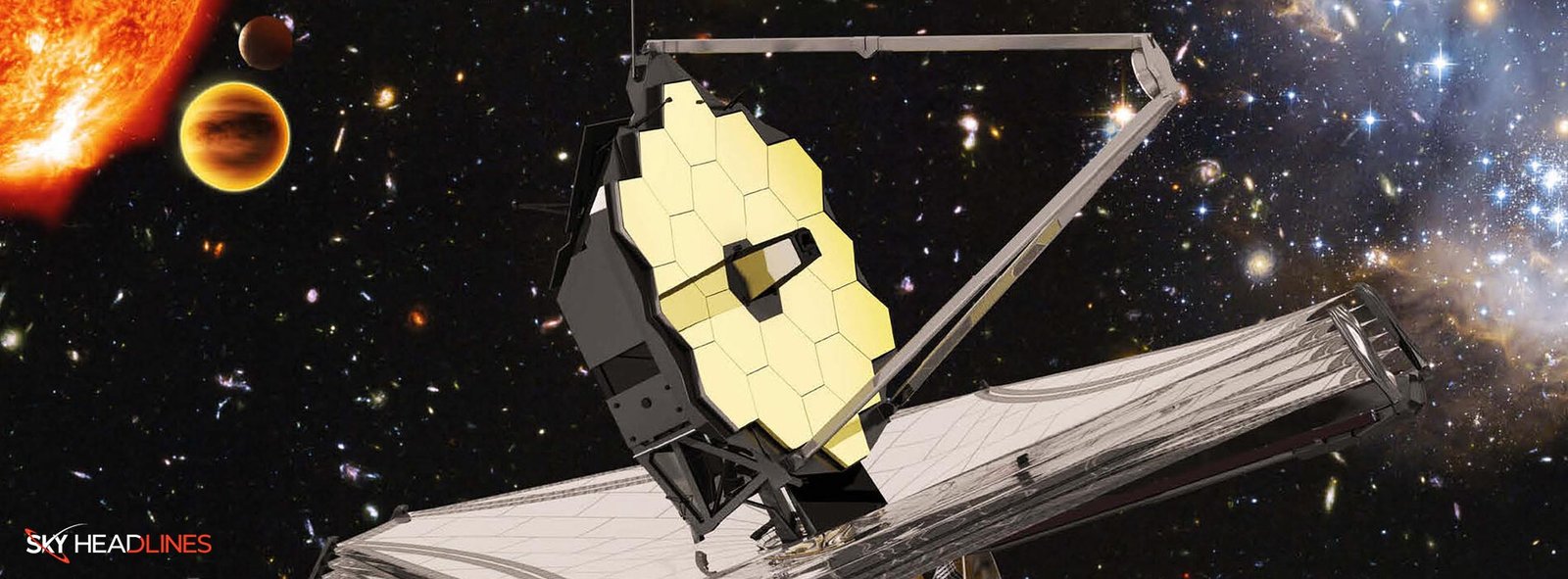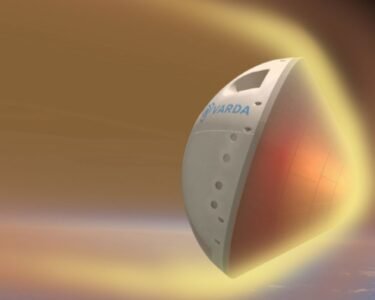Space observatory technology has come a long way since the first satellite (Sputnik 1) was launched into orbit in the late 1950s. A space observatory is a satellite designed to observe the universe and gather data in different wavelengths of light.
Today, space observatories are technical instruments that allow us to explore the universe in ways that were once thought impossible.
Functions of Space Observatory!
The main function of this technology is to observe and study astronomical objects. These include stars, galaxies, black holes, and exoplanets. The main objectives of these satellites are as follows:
- To observe and study astronomical objects.
- Provide more accurate and detailed observations compared to ground-based observatories.
- Observing and studying astronomical objects, such as stars, galaxies, black holes, and exoplanets.
- Using various methods, such as the transit method and radial velocity method, to discover exoplanets and characterize their properties.
- Studying the process of star formation, the evolution of galaxies, and the formation and evolution of black holes.
- Gathering information about the universe and its many components, which helps to deepen our understanding of the universe and our place in it.
Role in the discovery of exoplanets:
A space observatory has also played a crucial role in the search for and characterization of exoplanets. This is helping us to answer one of the biggest questions in astronomy:
Is there life beyond our solar system?
Once exoplanets have been discovered, space observatories are also crucial for characterizing their properties. By observing the light from a star as it passes through an exoplanet’s atmosphere, a space observatory can determine the atmospheric composition, temperature, and potential habitability of the exoplanet. It allows us to determine the atmospheric composition, temperature, and potential habitability of these exoplanets.
Provided us the information about evolution:
Space observatories have revealed the universe’s evolution and various components. They are revealing how stars, galaxies, black holes, and exoplanets develop, evolve, and interact. They have helped us comprehend the universe’s evolution by observing cosmic microwave background radiation.
Space observatories offer strong imaging. A space observatory allows us to investigate the structure and evolution of celestial objects with remarkable detail. Studying faraway galaxies can reveal the universe’s genesis and evolution.
Space observatories have highlighted star formation. Space observatories have shown us how stars emerge from clouds of gas and dust and evolve by analyzing their brightness.
Observe more precisely than ground-based observatories!
These satellites provide more accurate and detailed observations of astronomical objects because they are not affected by the Earth’s atmosphere, which can obstruct or distort light in certain wavelengths.
The Earth’s atmosphere can obscure or distort light at particular wavelengths, making it hard to examine astronomical objects. A space observatory can observe astronomical objects in a wide range of wavelengths since they are above Earth’s atmosphere.
The Earth’s atmosphere absorbs ultraviolet and infrared radiation, making it difficult for ground-based observatories to observe celestial objects. However, space observatories can accurately see astronomical objects in these wavelengths.
Ground-based observatories may also be limited by atmospheric effects, which can dazzle stars and make it hard to see faint objects. Space observatories may precisely observe celestial objects without this influence.
In the End:
Lastly. Space observatory technology helps us study the cosmos and its various parts. Space observatories give more accurate and comprehensive observations of stars, galaxies, black holes, and exoplanets than ground-based observatories. They helped discover exoplanets, and investigate star formation, galaxies, and black holes. Space observatories have helped us understand the universe and ourselves. This observatory technology will continue to shape our understanding of the cosmos.





